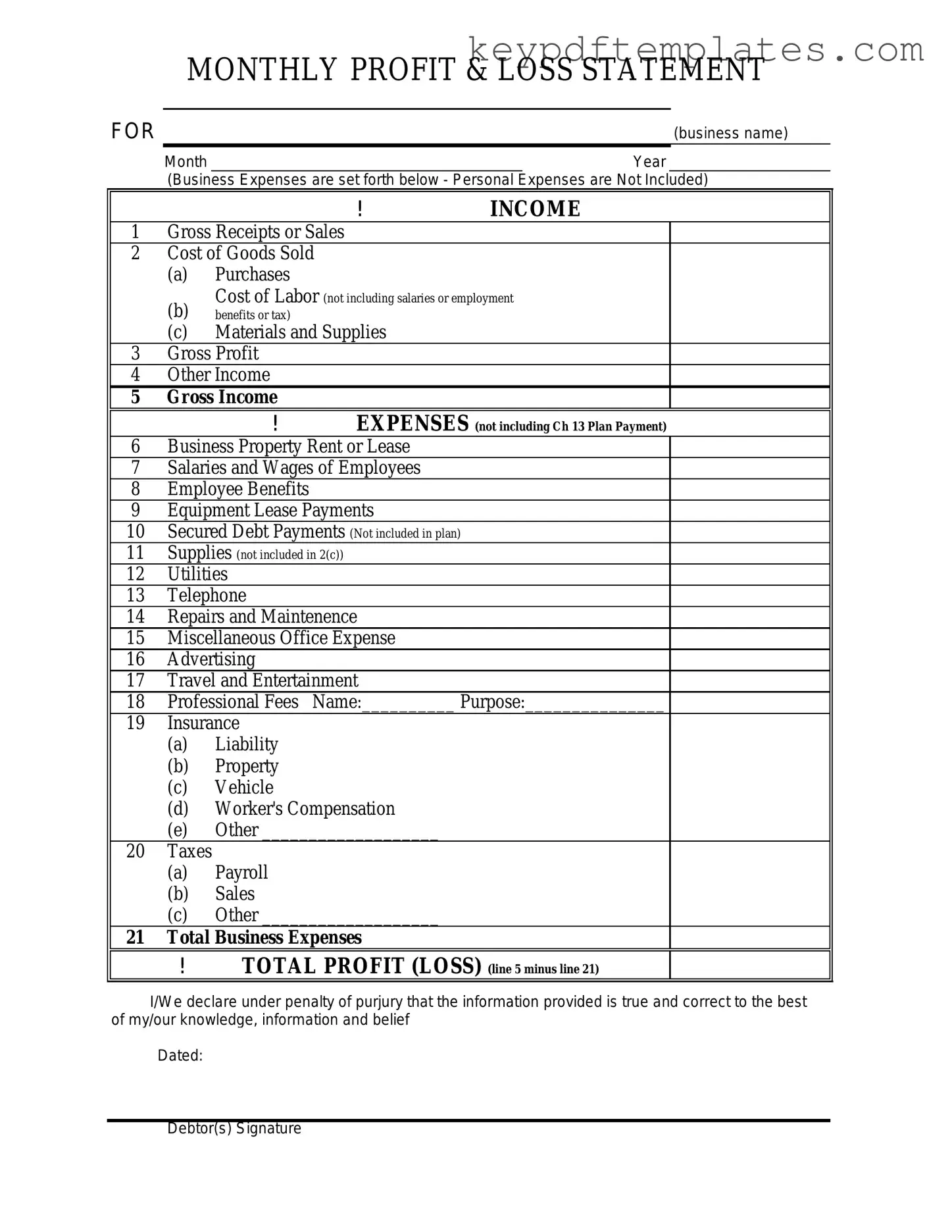Get Profit And Loss Form
The Profit and Loss form, also known as an income statement, is a financial document that summarizes the revenues, costs, and expenses incurred during a specific period. This form provides valuable insights into a company's financial performance, helping stakeholders understand profitability. By analyzing the Profit and Loss form, businesses can make informed decisions about future operations and strategies.
Modify Document Online
